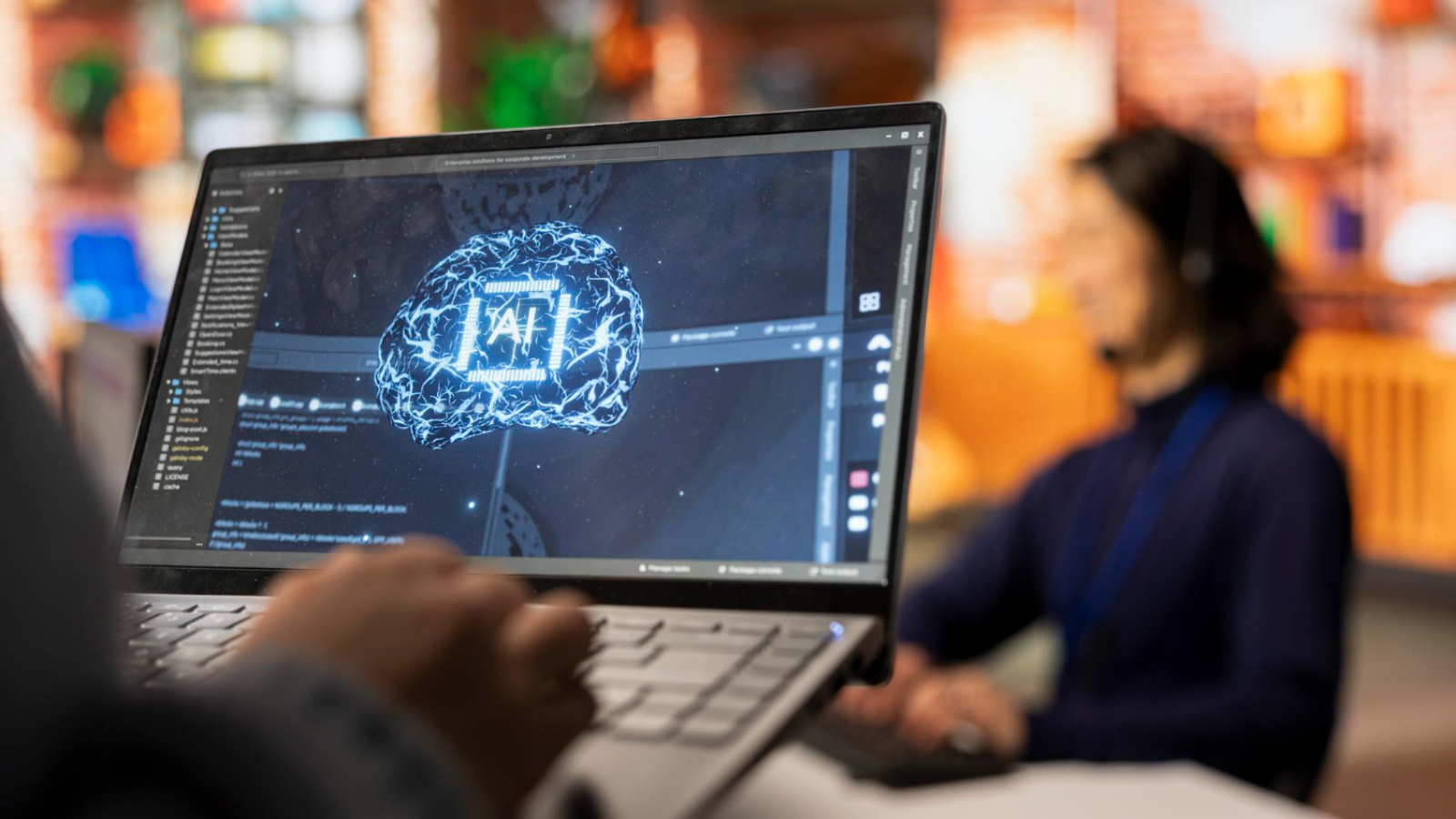What Are Multi-Agent Systems?
Multi-agent system (MAS) is a framework in which two or more artificial intelligence agents interact to complete individual or shared tasks. An MAS introduces many agents, including different agents (with different capabilities, knowledge, or views), and they interact, negotiate, or compete to solve a complicated task, unlike a single autonomous agent.Put simply, consider it as a group of experts. A single AI agent can perform well on natural language, data analysis, and decision-making. When these agents work together, the system as a whole will be smarter, more adaptable, and more efficient.
Why Collaboration Matters in AI
The key to the multi-agent systems is collaboration. Most AI models are limited by a single factor, such as the scope of data, processing power, or the complexity of the problem.By contrast, an agent group can.
Break down tasks—Agents subdivide problems that are hard to handle into smaller parts that are manageable.
Share knowledge—the learning of one agent can enhance the decision-making of another agent.
Increase resilience—Failure by one agent can be mitigated by other agents, increasing system reliability.
Scale-up—More agents may be added without changing the entire system design.
This makes MAS very useful in any field where AI is not very effective.
Real-World Applications of Multi-Agent Systems
1. Smart Cities and Traffic Control.
AI agents may be used to model various traffic lights, vehicles, and infrastructure in urban planning. Their collaboration maximizes traffic flow, minimizes congestion, and even allows real-time adjustments in the event of accidents.
2. Robotics and AV.
The self-driving cars do not work alone. Every car is an agent and has to communicate with others—road conditions, route directions, and road warnings. This is a collaborative AI that can help to minimize accidents and optimize traffic performance.
3. Finance and Trading
The applications of multi-agent systems include algorithmic trading, fraud detection, and financial forecasting. Various agents watch the markets, calculate the risk, and make trades within milliseconds.
4. Healthcare Systems
Agents may be patients, doctors, and medical equipment in the healthcare industry. A MAS has the potential to organize diagnostics, patient monitoring, and treatment planning—resulting in more personalized and effective care.
5. Supply Chain Management
AI agents track the demand, production, shipping, and inventory. The collaboration helps them anticipate shortages, optimize routes, and cut costs in international supply chains.
How Do Multi-Agent Systems Work?
There are typically 3 fundamental principles in a multi-agent system:
Autonomy—Every agent is autonomous and does not need to be monitored all the time.
Teamwork—The agents share information in order to accomplish common goals.
Adaptability—The system is flexible and adapts to new data and changing conditions or unforeseen events.
MAS frequently has to use communication protocols, negotiation mechanisms, and reinforcement learning to facilitate cooperation. More complex systems actually apply game theory to describe competitive agent decision-making.
Benefits and Challenges
BenefitsImproved efficiency in problem-solvingScalability across industriesEnhanced decision-making from diverse perspectivesResilience against system failuresChallengesCoordination complexity—More agents mean more interactions to manage.Ethical concerns—Autonomy raises accountability questions.Security risks—Malicious agents or data leaks can disrupt operations.Computational cost—Training and maintaining multiple agents requires resources.
The Future of Multi-Agent Systems
Multi-agent collaboration will likely become a fundamental source of innovation as AI develops. Emerging trends include AI agents built on knowledge that rely on structured reasoning and not only predictions.Human/AI hybrid systems in which the two interact in a harmonious manner.Decentralized AI ecosystems that will resemble biological systems such as ant colonies or human organizations.The long-term vision is an AI ecosystem in which agents are able to self-organize and self-learn, as well as co-create solutions that are much better than what any one model can do.
Final Thoughts
Multi-agent systems: agents collaborating are not a mere research problem—they are the building blocks of the new era in artificial intelligence. Smart cities and medical care, finance, and more: MAS provides a way to get things done, not individually, but together.
With the industries making investments in multi-agent technologies, the question has ceased to be whether the technologies will transform industries, but rather how quickly.


Add a Comment